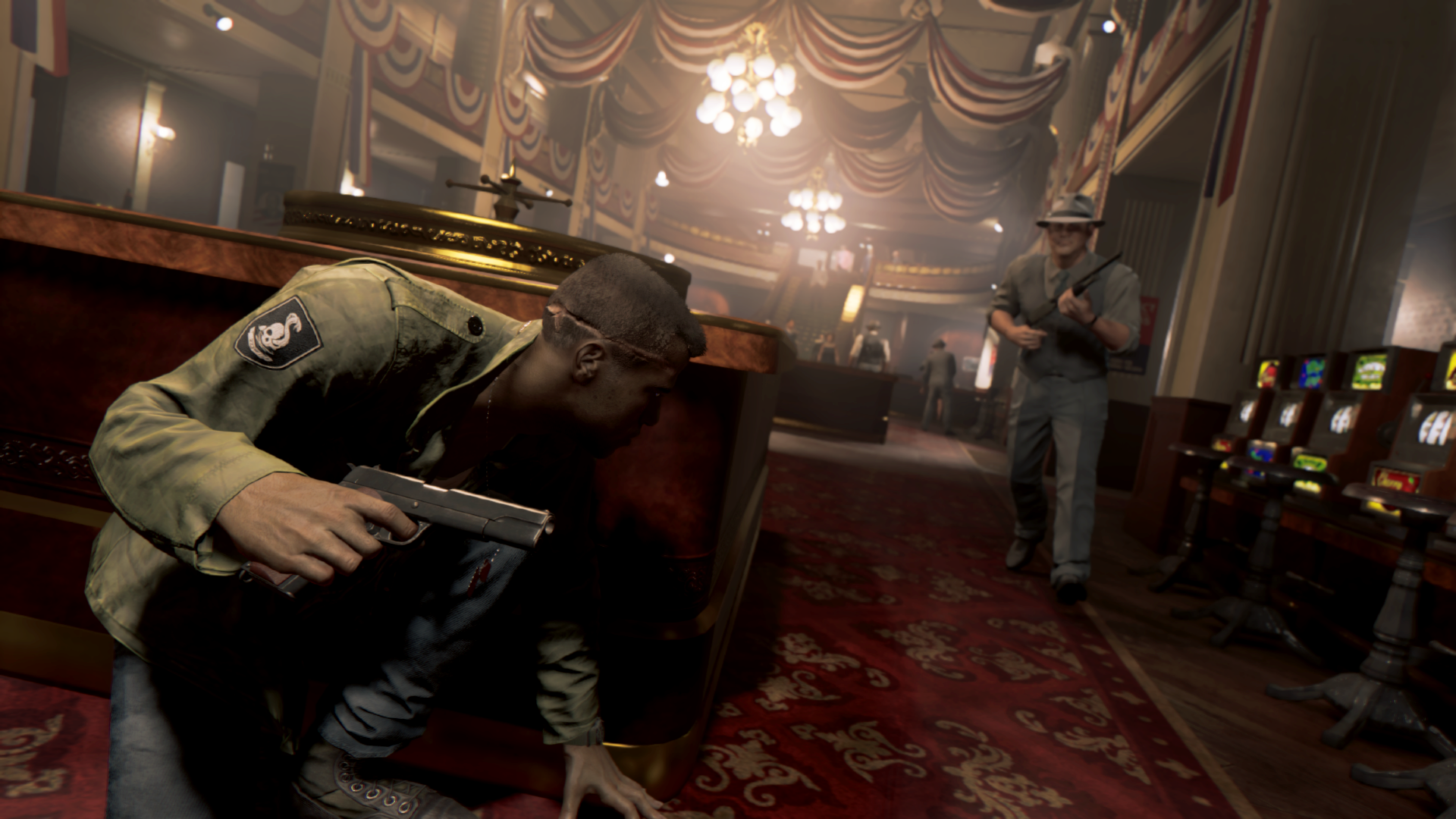


Depending on which one you choose, you'll unlock perks like new weapons or upgrades for Lincoln. Once that's done, you hand the district over to either Vito, Cassandra, or Burke. Once you taken down both rackets, you can tackle the local underboss. Once you've damaged a racket enough, you can take down the lieutenant who controls that racket and put that racket under the control of one of your underbosses. Hangar 13 does add some mission variety and the contacts themselves are interesting if you take the time to engage with their stories, but many of those missions are the same: kill targets or damage property. Engaging with a racket highlights points around the district and it's your job to head to each point and cause damage. In each district there are two rackets being run by Marcano's mob, varying from sex work, to drug trade, shipping contraband, and more. Mafia 3 has a semi-linear progression to it. The open-world structure robs Mafia 3 of its momentum part way through the game. The problem is the narrative and the game eventually are at odds. Beyond that, the game's handling of race is intriguing to the point that I'll be talking about that in a separate article.


Early on, the story is not only well-told, it's efficient, thanks the documentary framing that allows Hangar 13 to fill in certain gaps and highlight important moments. You understand Lincoln's desire for revenge, his friendship with John Donovan, his working relationship with Cassandra, Vito, and Burke. Narrative, dialogue, and some impressive motion capture come together to make a set of characters that feel real. Hammer to the KneecapĪs I stated before, Mafia 3 tells its story well. Mafia 3 is a noble effort, but some underlying problems keep the game from greatness.



 0 kommentar(er)
0 kommentar(er)
